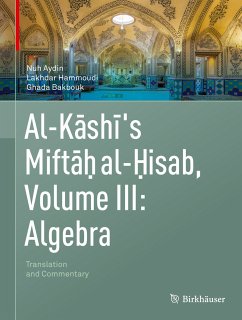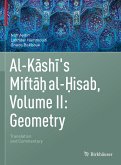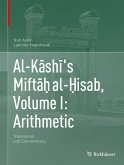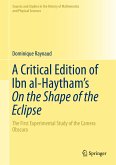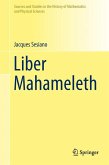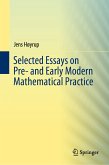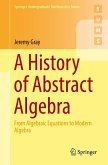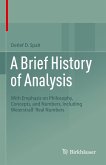The book opens by briefly recounting al-Kashi's biography, so as to situate readers in the work's rich historical context. His impressive status in the kingdom of Ulugh Beg is detailed, as well as his contributions to both mathematics and astronomy. As a master calculator and astronomer, al-Kashi's calculations of 2p and sin(1°) were by far the most accurate for almost two centuries. His law of cosines is still studied in schools today. This translation contributes to the understanding and appreciation of al-Kashi's esteemed place in the scientific world. A side-by-side presentation of the source manuscript-one of the oldest known copies-and the English translation is provided on each page. Detailed footnotes are also provided throughout, which will offer readers an even deeper look at the text's mathematical and historical basis.
Researchers and students of the history of mathematics will find this volume indispensable in filling in a frequently overlooked time period and region. This volume will also provide anybody interested in the history of Islamic culture with an insightfullook at one of the mathematical world's most neglected figures.
Dieser Download kann aus rechtlichen Gründen nur mit Rechnungsadresse in A, B, BG, CY, CZ, D, DK, EW, E, FIN, F, GR, HR, H, IRL, I, LT, L, LR, M, NL, PL, P, R, S, SLO, SK ausgeliefert werden.
"It is especially useful for people that need arithmetic and elementary mathematics to solve practical problems in their everyday life or in their professions. ... I agree with the authors when they wrote at the beginning of their enterprise: 'a full translation of Miftah to English to make it accessible to a wide audience has become imperative' ... . Now it is done. ... I have to thank the authors for the work accomplished." (Marc Moyon, zbMATH 1498.01037, 2022)

